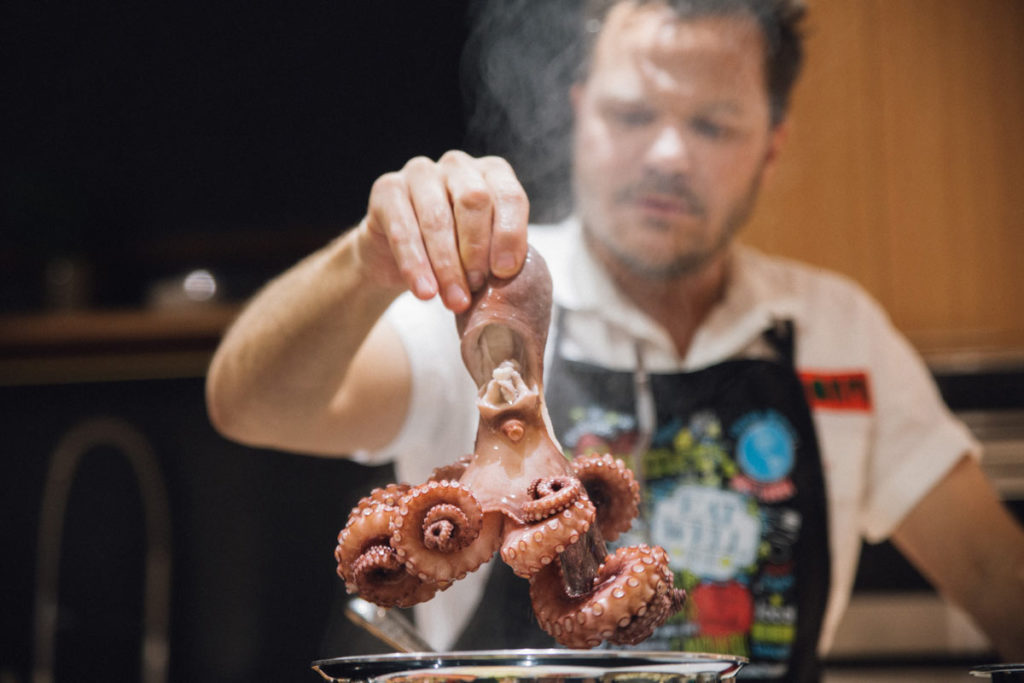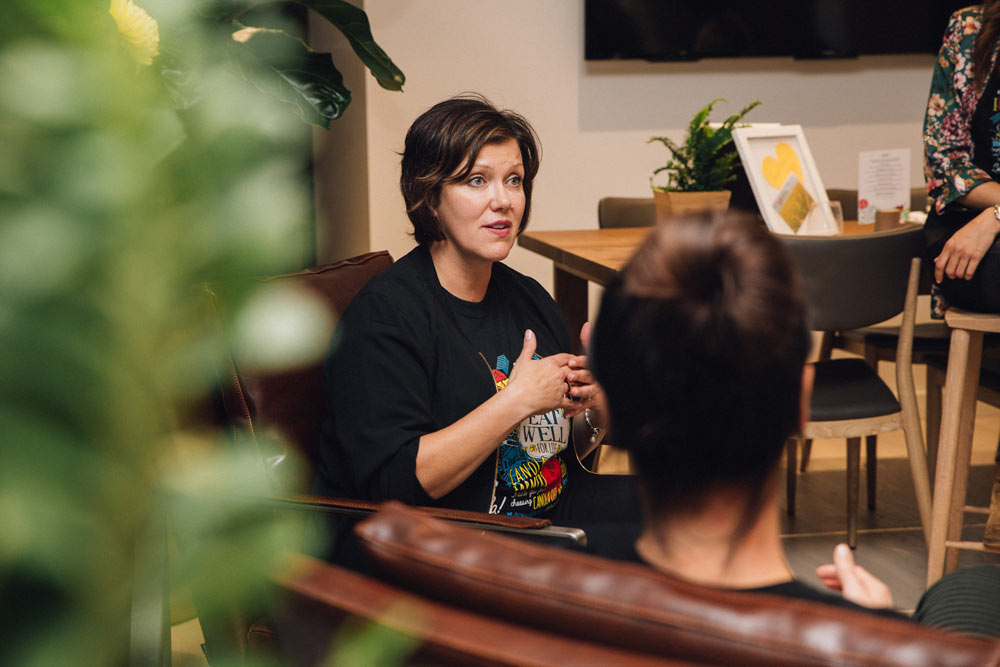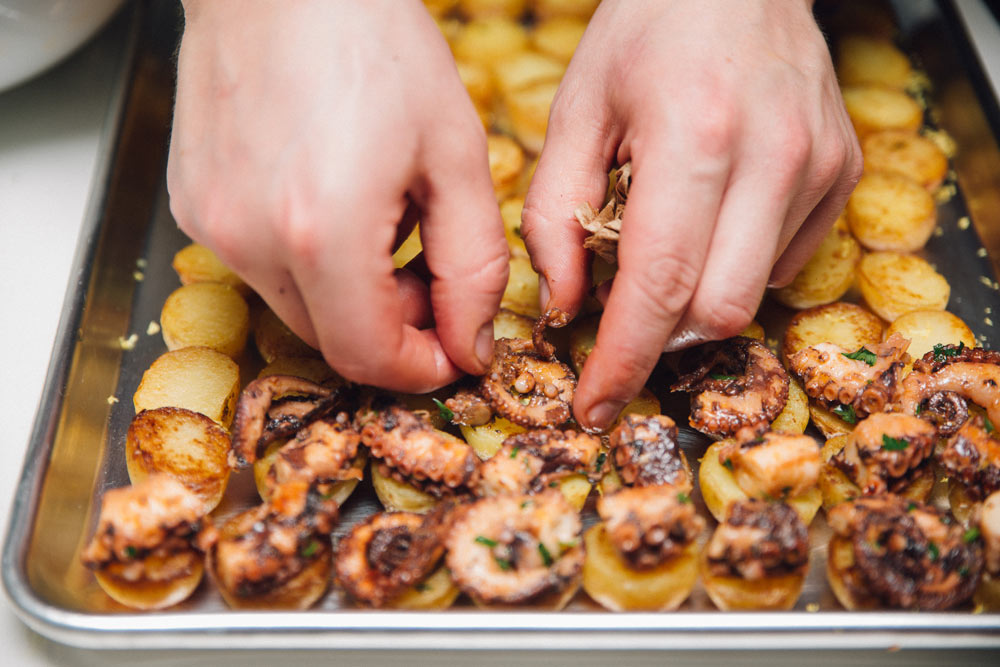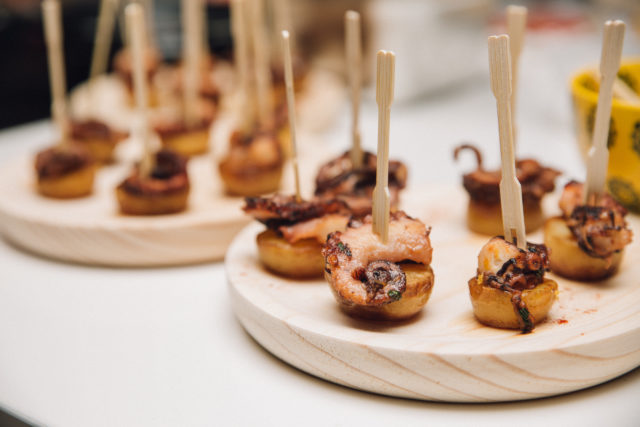Do you know where your food comes from?
Researchers estimate that we make 200 food decisions a day.
That is a lot of time spent thinking about food, our food choices, and food production.
With all this time spent pondering what to eat, it comes as quite a shock that most people don’t know where their food actually comes from.
When asked that very question, I think one of the most likely and totally reasonable responses is “the grocery store.” I mean, I rarely stop to really think about where the plate of chicken or pasta or salad I am eating came from. Does the average person really know how these foods are grown, processed and transported?

At a recent #CanolaConnect event, these questions was brought to the forefront of my mind. Chef Rob Bragnolo of the soon to open Campo Food Hall showcased how to properly clean and cut an octopus (I know, pretty darn amazing, right?). Did you know that you should be looking for frozen octopus, rather than fresh? Frozen octopus will actually cook up more tender. Learning the proper technique to clean (did you know that salt is used to get all the grit and dirt out?) and cut the octopus was fascinating and actually not as daunting as I had thought. But what really struck me, and I think many others at the event, was the appearance of the whole octopus, head and all.

When a dish of grilled octopus is on the menu, I’m the first one to jump at it! It’s a quintessential restaurant dish and sure to impress a crowd. So when we place our order for that tender grilled or perfectly fried octopus at our favourite restaurant and the plate arrives before us, do we really stop and think of where those tender tentacles came from?
This point was brought home even further when we had the opportunity to hear Jeannette Andrashewski’s farming story. What really struck a chord with me was her feeling that farming was so important to her, “to be a part of the farm to table story.” To help educate people where our food comes from.

As it is easy to buy pretty much any product washed, chopped, and ready to cook at your grocery store, I get it. I get how it can be easy to forget that those vegetables don’t just come from the package. That they are grown and cared for by farmers who put their heart, souls, and livelihoods into tending and ensuring that the food that arrives on your table is safe, nutritious, and delicious.
In educating ourselves and becoming aware of where our food comes from, we are able to bridge the gap between farm to table. It seems this gap is larger than we may realize. One of my daughter’s favourite books is “How Did That Food Get In My Lunchbox.” I would hazard a bet that most children today don’t understand that the cheese they eat or the milk they drink comes from cows. Understanding this connection helps to develop a happy and healthy relationship with food and allows people to truly appreciate and respect that food is not indispensable.

At the end of the night, our group of food enthusiasts sat down to enjoy a shared meal of delicious tapas created by Chef Rob Bragnolo (and yes, there was octopus!). And as the food was passed around the table and the conversation was flowing, I think we were all just a little more appreciative of all the wonderful and delicious dishes we were eating.
When was the last time you really stopped to think where your food comes from?
Dara Gurau, RD, co-founder of HowToEat.ca


